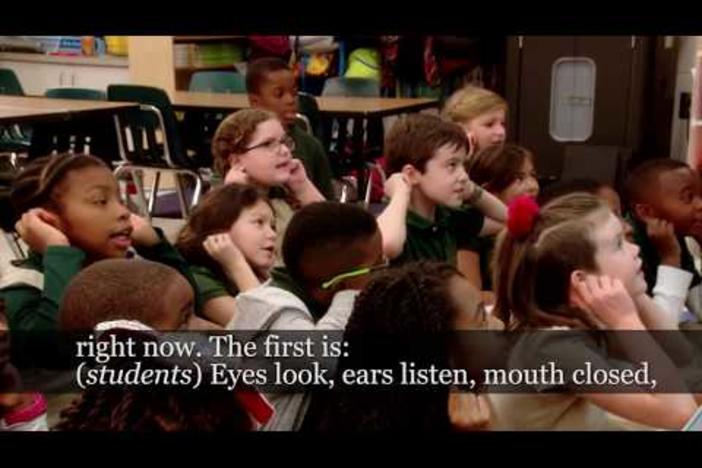The Cost of a College Education
This project-based unit guides students in analyzing the cost of a college education through the use of algebraic and statistical skills. Students first research college investment options and make decisions based on longitudinal data and trends from a scatter plot. Then, students choose an appropriate regression model to analyze their data. The unit concludes as students analyze and share their findings and use these data to make practical financial preparations for college.
College & Career Learning units equip students with the skills necessary to succeed in postsecondary education and the workforce.
The Cost of a College Education
This project-based unit guides students in analyzing the cost of a college education through the use of algebraic and statistical skills. Students first research college investment options and make decisions based on longitudinal data and trends from a scatter plot. Then, students choose an appropriate regression model to analyze their data. The unit concludes as students analyze and share their findings and use these data to make practical financial preparations for college.
College & Career Learning units equip students with the skills necessary to succeed in postsecondary education and the workforce.
Mathematics
Understand that a function from one set (the input, called the domain) to another set (the output, called the range) assigns to each element of the domain exactly one element of the range, i.e. each input value maps to exactly one output value. If f is a function, x is the input (an element of the domain), and f(x) is the output (an element of the range). Graphically, the graph is y = f(x).
Use function notation, evaluate functions for inputs in their domains, and interpret statements that use function notation in terms of a context.
Distinguish between situations that can be modeled with linear functions and with exponential functions.
Construct linear and exponential functions, including arithmetic and geometric sequences, given a graph, a description of a relationship, or two input-output pairs (include reading these from a table).
Observe using graphs and tables that a quantity increasing exponentially eventually exceeds a quantity increasing linearly, quadratically, or (more generally) as a polynomial function.
Decide which type of function is most appropriate by observing graphed data, charted data, or by analysis of context to generate a viable (rough) function of best fit. Use this function to solve problems in context. Emphasize linear, ~~quadratic~~ and exponential models.
Using given or collected bivariate data, fit a linear function for a scatter plot that suggests a linear association.
Interpret the slope (rate of change) and the intercept (constant term) of a linear model in the context of the data.
Compute (using technology) and interpret the correlation coefficient "r" of a linear fit. (For instance, by looking at a scatterplot, students should be able to tell if the correlation coefficient is positive or negative and give a reasonable estimate of the "r" value.) After calculating the line of best fit using technology, students should be able to describe how strong the goodness of fit of the regression is, using "r".
-
About the Teacher
Dr. Mohan Sadhasivan
Stockbridge High School
Henry County SchoolsDr. Mohan Sadhasivan is currently a 9th through 12th grade teacher at Stockbridge High School in Stockbridge, GA. Dr. Sadhasivan holds both a Bachelor’s and Master’s of Science in Math from Madurai Kamaraj University, as well as an Education Specialist degree in Math Education from Columbus State University. Dr. Sadhasivan serves as the Math Department Chair and Math Club Sponsor at Stockbridge High School. Dr. Sadhasivan’s best piece of teaching advice is to focus on teaching mathematics that engages students’ interest and enables students to apply their understanding in various contexts.













































